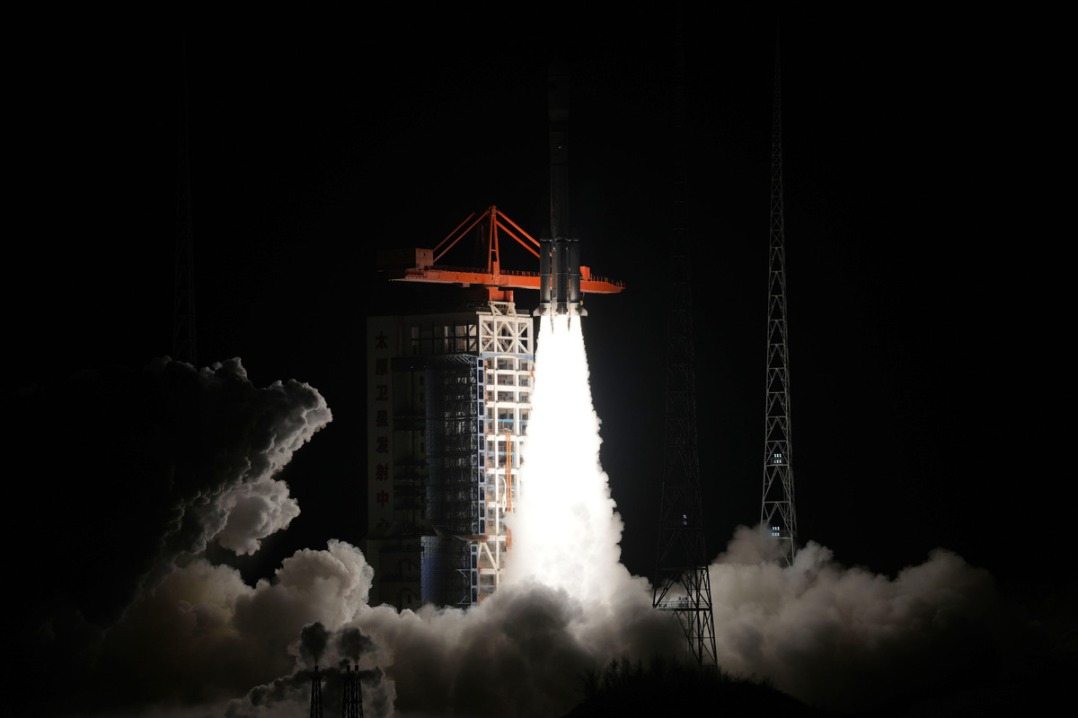Factbox: Quantum communication and its application

BEIJING -- Chinese scientists on Thursday reported a major breakthrough in quantum communication: A pair of entangled photons over a distance of 1,200 km have been successfully transmitted from space to Earth. The previous record was about 100 km.
What is quantum communication and why should we care about it? The following are some basic introductions about the theory:
Quantum communication is based on the principle of quantum entanglement -- a magnificent phenomenon in which particles are "linked" together in such a way that they affect one another regardless of distance.
Some scientists liken it to two pieces of paper that are distant from each other; if you write on one, the other immediately shows your message. In the quantum entanglement theory, this spectacular connection can happen even when the two particles are separated by a galaxy.
That is what Einstein referred to as "a spooky action at a distance."
The theory is of great significance for secure communications. In quantum communication, any interference is detectable. Two parties can exchange secret messages by sharing an encryption key encoded in the properties of entangled particles.
The successful transmission of entangled photon pairs this time is carried out by "Micius", the world's first quantum satellite launched by China on Aug 16, 2016.


































